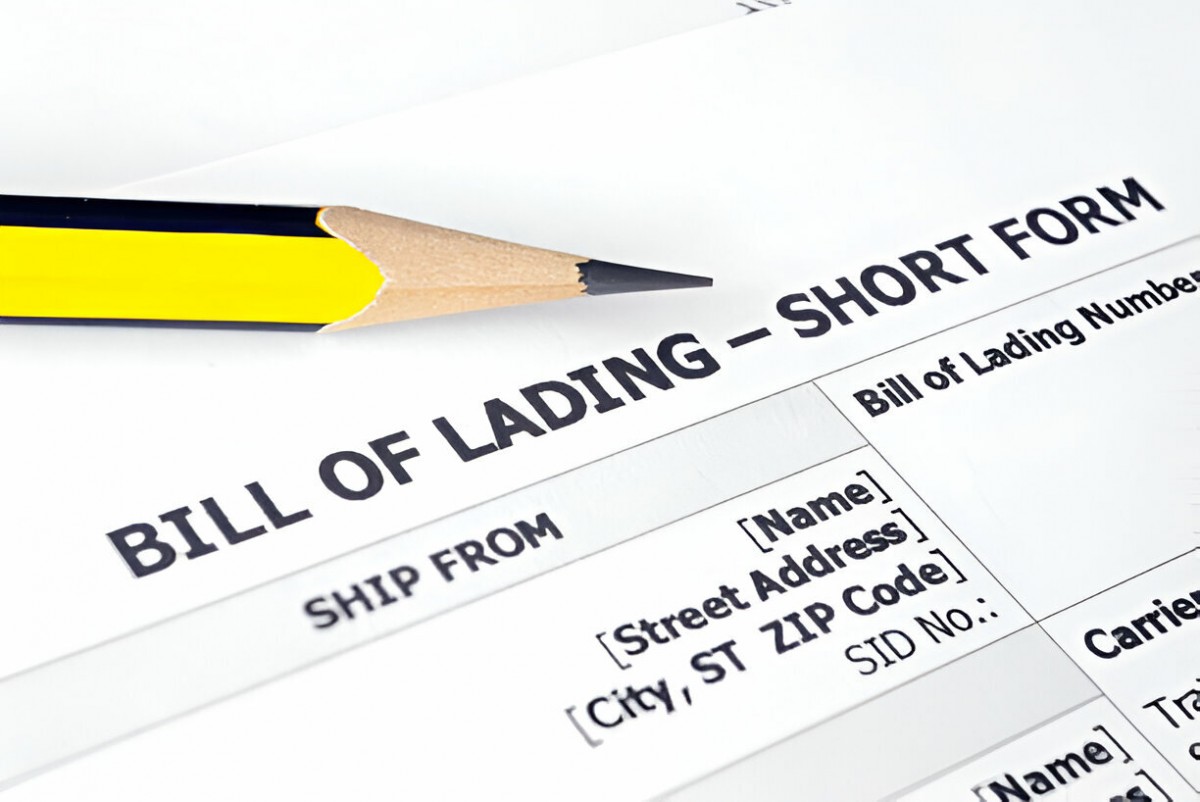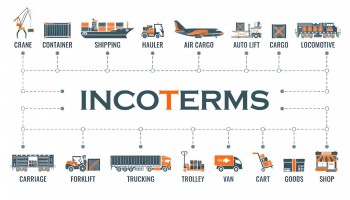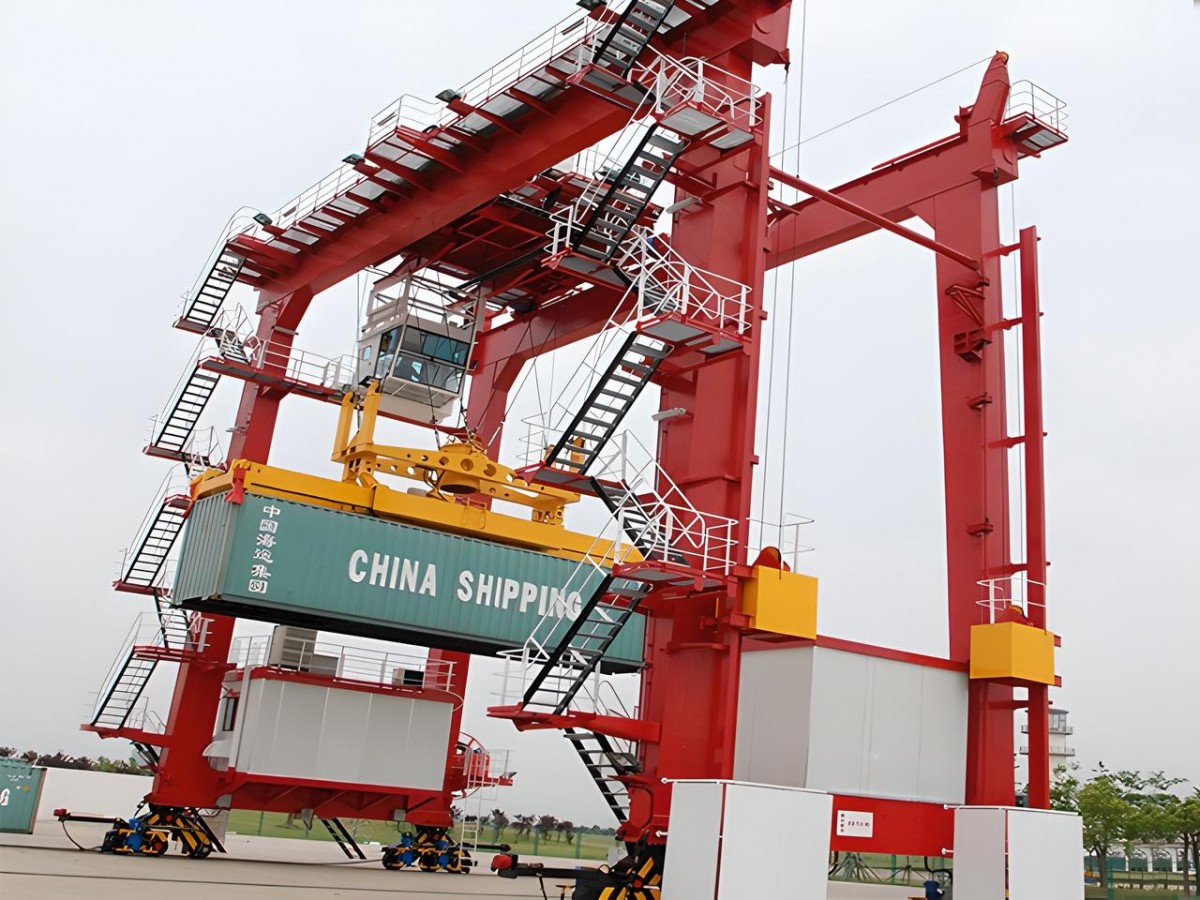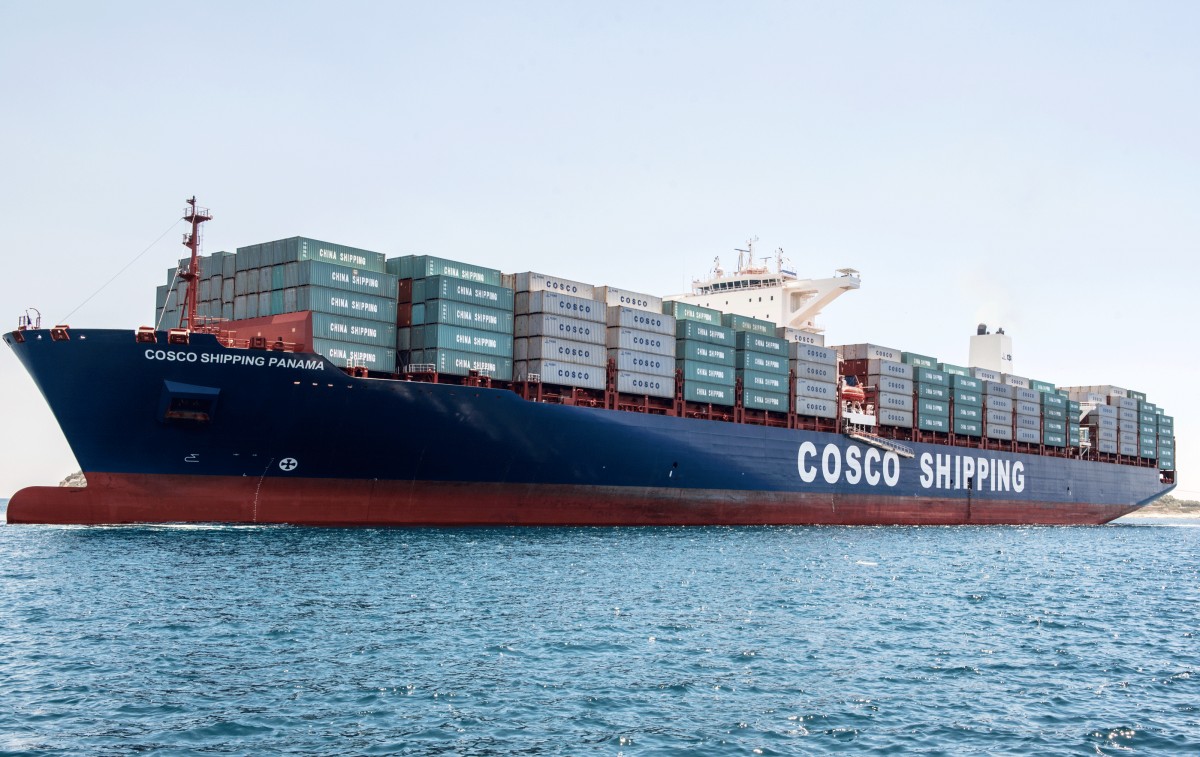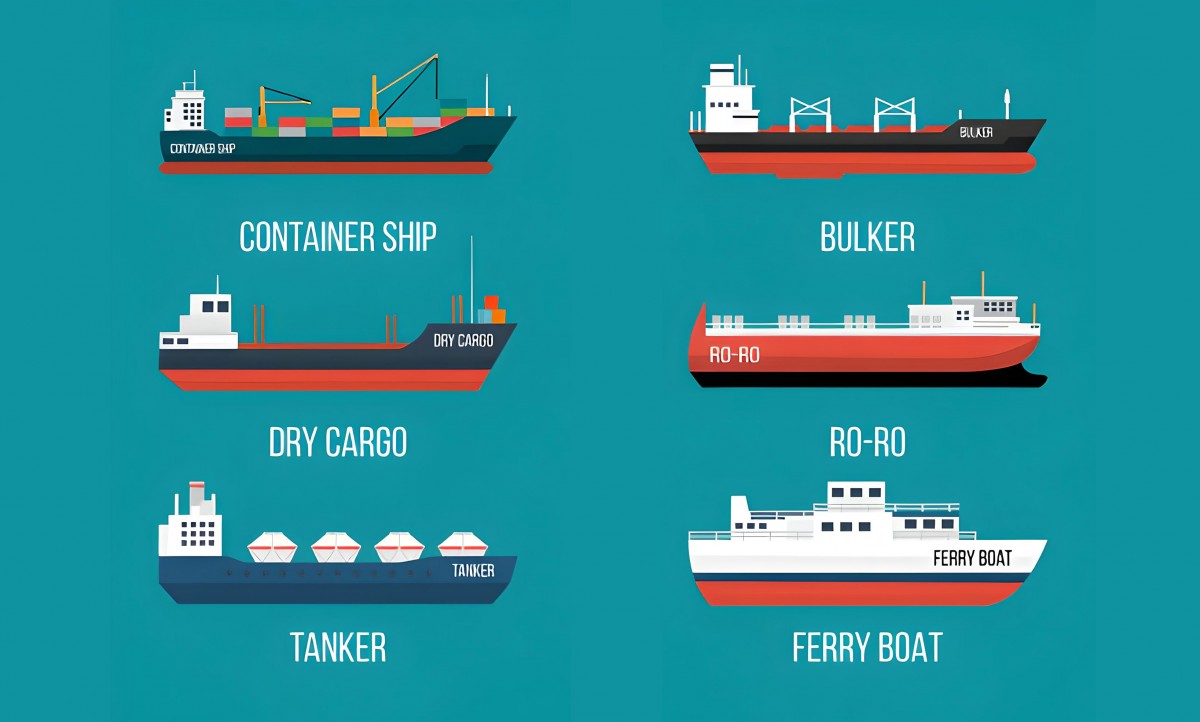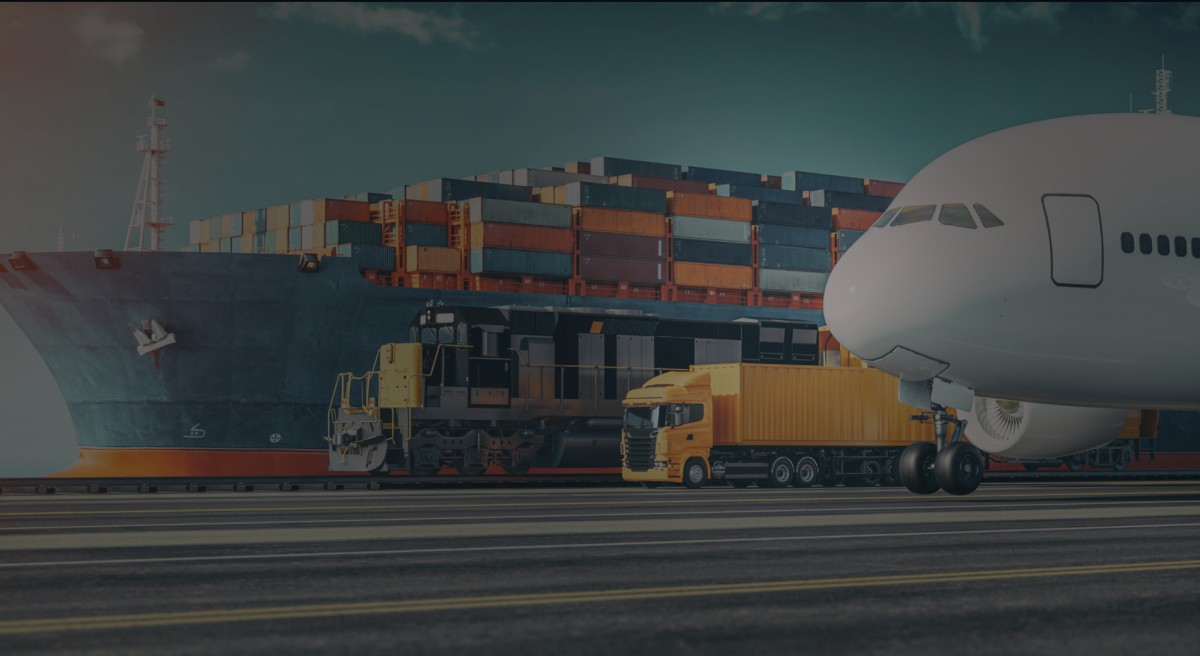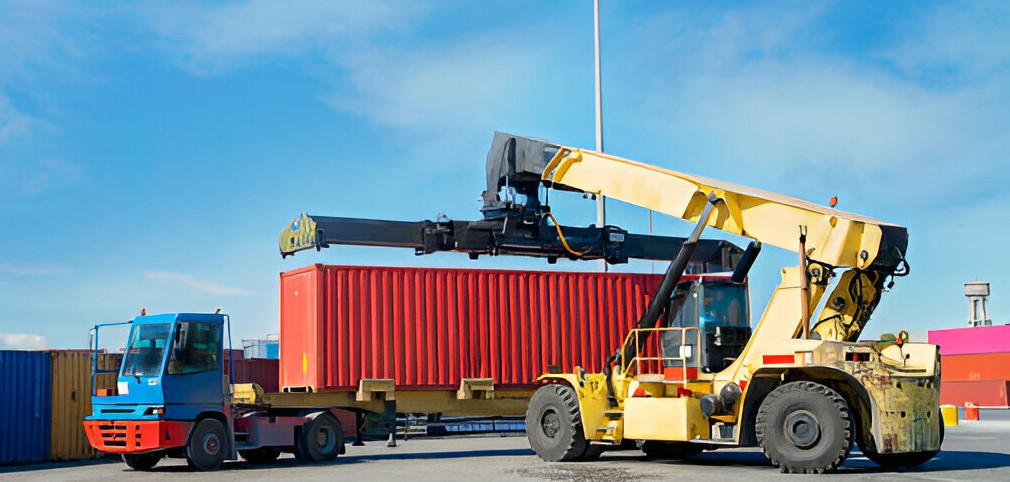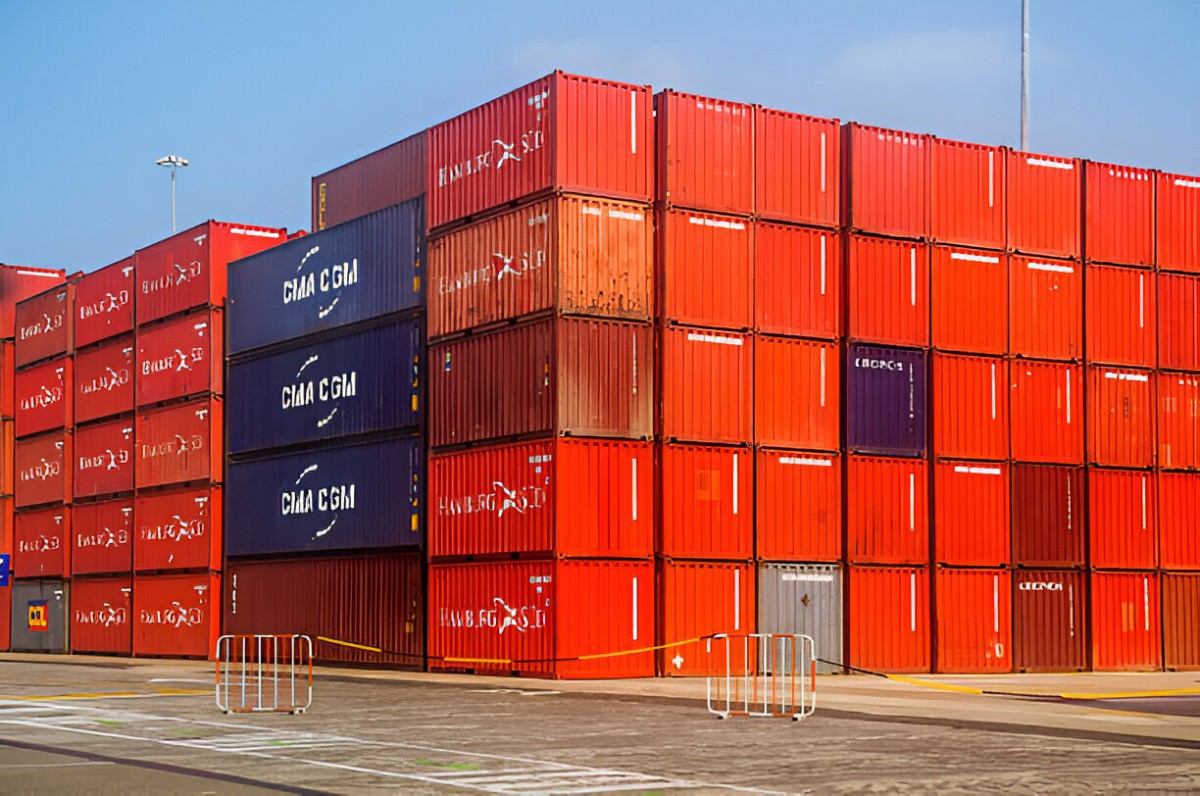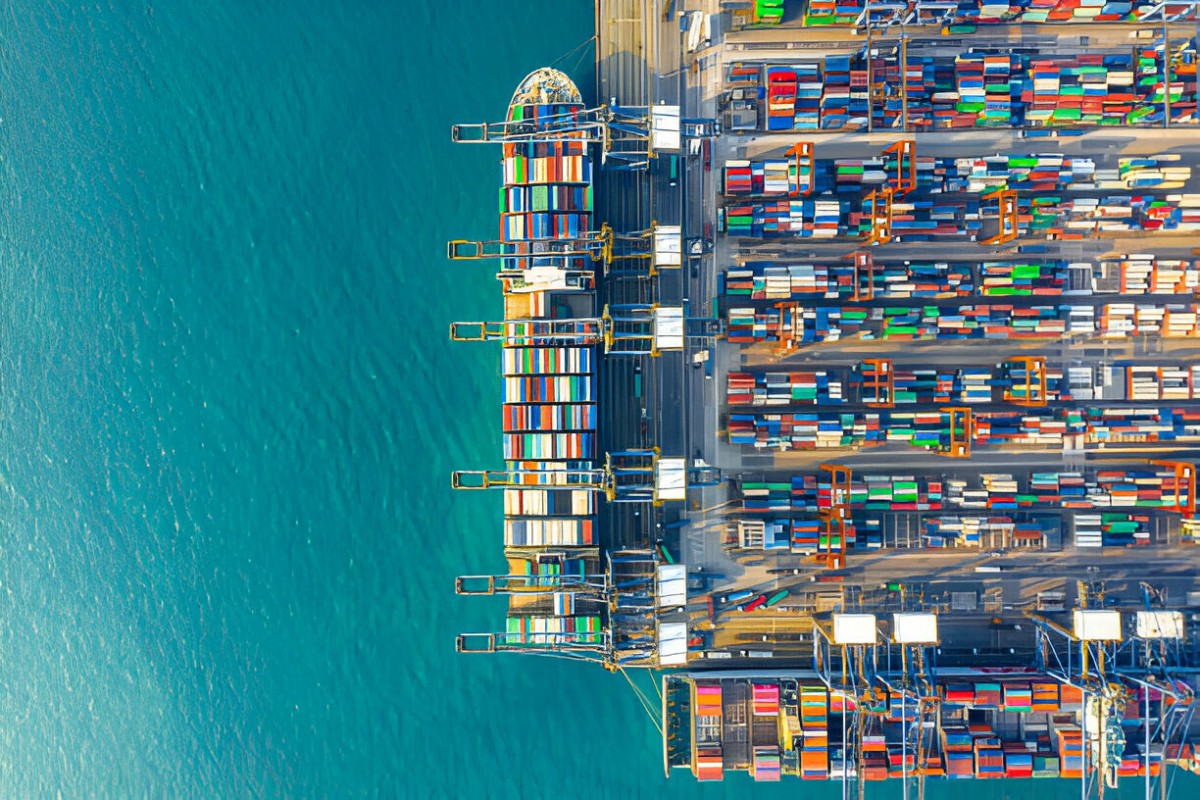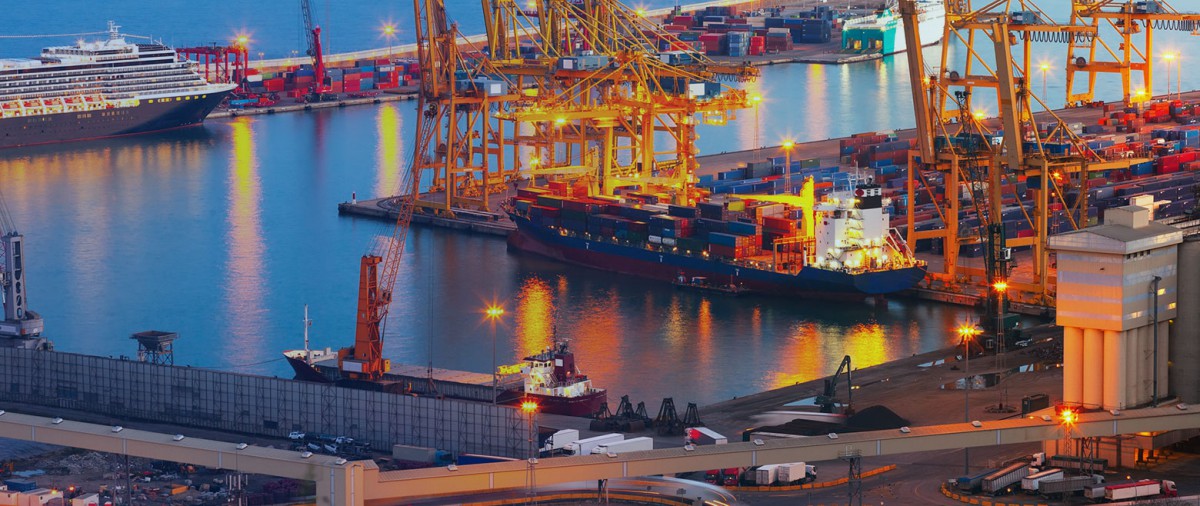Bill of Lading in International Shipping
When it comes to international shipping, the term "Bill of Lading" (BOL) is one of the most essential documents you will encounter. It serves as a contract between the shipper and the carrier and plays a critical role in ensuring the smooth transit of goods. Whether you are new to the shipping industry or an experienced professional, understanding the Bill of Lading is crucial for effective operations.
What is a Bill of Lading?
A Bill of Lading is a legal document issued by a carrier to a shipper, confirming the receipt of goods for shipment. It outlines the type, quantity, and destination of the goods being transported. This document also serves as a shipment receipt and a title of ownership, making it a key tool in the logistics chain.
Who is Responsible for Issuing the Bill of Lading?
The responsibility of issuing the Bill of Lading lies with the carrier, freight forwarder, or the shipping line. Once the goods are received and inspected, the carrier prepares and provides the document to the shipper. In some cases, freight forwarders or logistics companies may issue the BOL on behalf of the carrier. A Bill of Lading is a legal document issued by a carrier to a shipper, confirming the receipt of goods for shipment. It outlines the type, quantity, and destination of the goods being transported. This document also serves as a shipment receipt and a title of ownership, making it a key tool in the logistics chain.
Key Components of a Bill of Lading
- Shipper and Consignee Information: Includes the names and addresses of the sender and the recipient.
- Description of Goods: Details about the items being shipped, including weight, dimensions, and type of packaging. To ensure accurate documentation, the goods should also be classified using the HS Code—a standardized system for identifying traded products.
- Carrier Details: Information about the company responsible for transporting the goods.
- Port of Loading and Discharge: Specifies the departure and destination ports.
- Freight Terms: Indicates who is responsible for covering the shipping costs (e.g., FOB, CIF).
- Signature: A signed acknowledgment by the carrier confirming receipt of the goods.
- Shipper and Consignee Information: Includes the names and addresses of the sender and the recipient.
- Description of Goods: Details about the items being shipped, including weight, dimensions, and type of packaging.
- Carrier Details: Information about the company responsible for transporting the goods.
- Port of Loading and Discharge: Specifies the departure and destination ports.
- Freight Terms: Indicates who is responsible for covering the shipping costs (e.g., FOB, CIF).
- Signature: A signed acknowledgment by the carrier confirming receipt of the goods.

Types of Bill of Lading
- Straight Bill of Lading: Non-negotiable and used when the goods are shipped to a specific recipient.
- Order Bill of Lading: Negotiable and can be transferred to another party by endorsement.
- Clean Bill of Lading: Indicates that the goods were received in good condition.
- Dirty or Claused Bill of Lading: Notes any damages or irregularities with the goods at the time of receipt.
Importance of the Bill of Lading
- Proof of Ownership: The document can be used to prove ownership of the goods.
- Contract of Carriage: Outlines the terms and conditions agreed upon by the shipper and the carrier.
- Customs Clearance: Required for the clearance of goods at ports.
- Insurance Claims: Essential for filing claims in case of damage or loss during transit.
Example of a Bill of Lading Process
Imagine a company in Dubai shipping machinery to a client in Iran. The shipping process might look like this:
- The shipper prepares the goods and arranges transportation with a carrier.
- The carrier issues a Bill of Lading upon receiving the goods, specifying details like weight, type of machinery, and destination.
- This document is used by the consignee in Iran to claim the shipment at the port of discharge after clearing customs.
FAQs About Bill of Lading
1. What happens if the Bill of Lading is lost? If the BOL is lost, the shipper or consignee must notify the carrier immediately. They may need to provide a Letter of Indemnity (LOI) to release the goods without the original BOL.
2. Can a Bill of Lading be amended? Yes, amendments can be made, but they require the consent of all involved parties, including the carrier and shipper.
3. Is a Bill of Lading required for all types of shipments? Yes, a BOL is required for all shipments, whether by sea, air, or land, as it serves as a legal contract between the shipper and the carrier.
4. Can there be multiple Bills of Lading for one shipment? Yes, in some cases, there may be multiple BOLs for a single shipment, such as when partial shipments are made.

